| Bat Detector Deployment Guide|
Do's
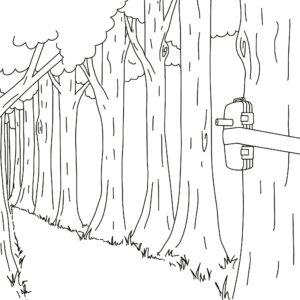
Place the detector along a flyway
Dont's
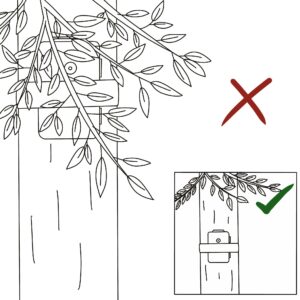
Don't place a detector in vegetation

Mount the detector as high as possible
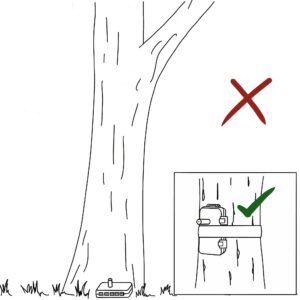
Don't deploy a detector on the ground
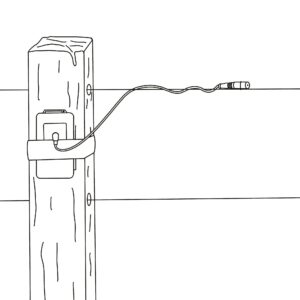
Mount the mic away from flat surfaces
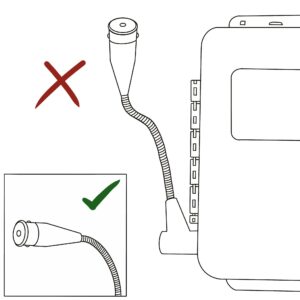
Don't face the microphone skywards
Remember never deploy a Titley Scientific detector with the Check lights flashing! Always address the error.
Mounting detectors at height
If you are mounting detectors at height (eg. meterological or wind masts) using microphone extension cables,
additional precautions are required to help prevent damage from electrostatic discharge:
